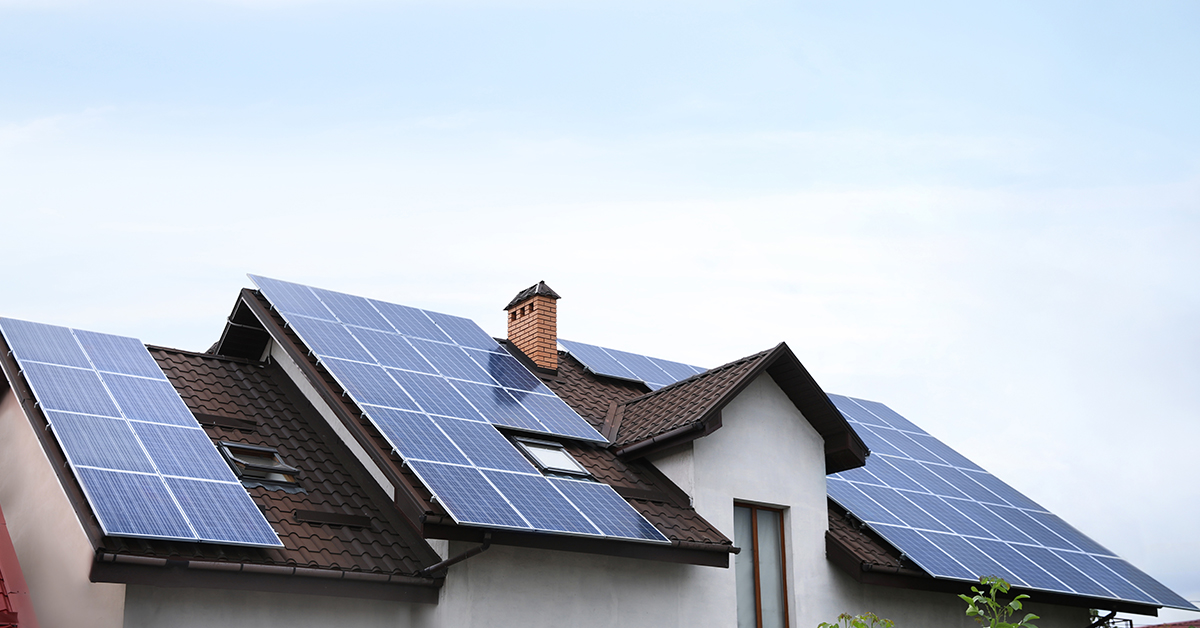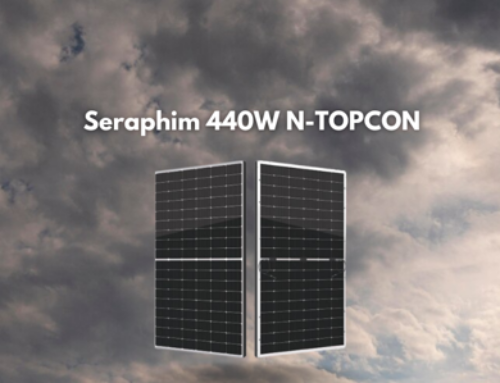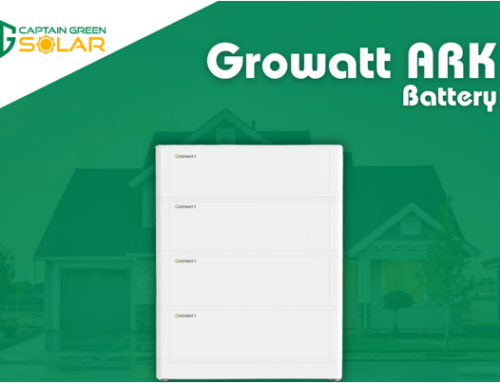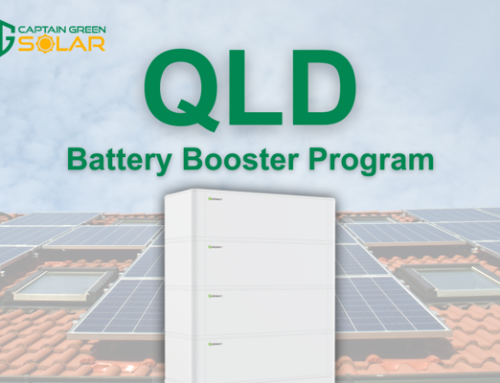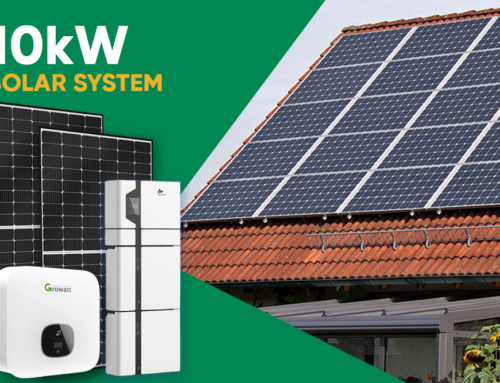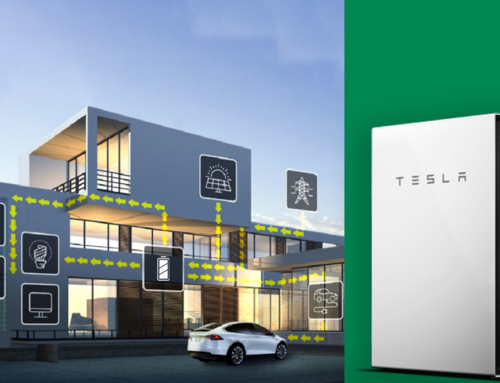If you’re thinking about installing solar panels in Australia, it pays to know about export limiting. While it may not have any major impacts on you or your family, it’s good to understand the system you’re working in. This understanding can also help you make the smartest choice when choosing your system. After all, everybody wants to receive the maximum benefits of solar panels. Here’s everything you need to know about export limitation and how it impacts you.
Firstly, What Is A Feed-in Tariff?
To get the ball rolling, we first need to discuss the feed-in tariff. In fact, before that, we should mention that exporting limiting solar only applies to on-grid solar panel systems. That is, a solar system without battery storage, where you use the solar energy your panels produce during the day, and you’re still linked to the main electricity grid to cover any shortfall.
A feed-in tariff is a pricing structure set by your energy provider. With on-grid solar systems, your home uses solar energy as it’s produced, but isn’t able to store any excess energy. For that, you’d need battery storage, which is known as off-grid solar. So, what happens if your solar panels produce more energy than you need during the day?
That excess energy is sold back to the main electricity grid for use elsewhere in the network. For that, the energy provider pays you a fee. Essentially, this shows up as a credit on your power bill. The feed-in tariff determines how much you’re paid for the energy you send back to the main grid.
What Is Export Limiting Solar?
Export limiting solar refers to a restriction set by your energy provider, controlling the amount of energy that can be pumped back to the main grid. This limitation is in place at all times during the day, so it’s not a monthly or even daily limit. It’s an ongoing restriction, and it’s controlled by an energy meter installed in your switchboard. This meter talks to your solar inverter, so the system knows when the export limit is reached.
How Does Solar Export Limiting Work?
For example, let’s say your inverter is export limited to 5kW of power. That means no more than 5kW can be sent back to the main grid at any given time. If your solar system can only generate 4kW, you’ll never have a problem because you can’t even generate enough power to go over the limit.
If, however, your system produces 10kW of solar and you’re only using 3kW at any given time, that means 7kW is going unused. Because of the 5kW export limitation, 5kW will be sent to the main grid, and the remaining 2kW is wasted.
Why Do Distributors Implement Export Limiting Solar?
There are several reasons, but it essentially comes down to controlling the amount of power going in and out of the main grid at any given time. If the main grid receives a certain amount of energy from other sources, such as coal-generated facilities, it only needs a certain amount of feed-in solar energy from local homes. So, it doesn’t make sense for the electricity provider to pay you for more energy than they can actually distribute.
You might ask why they would prefer to have coal-generated energy flowing into the grid rather than clean, green solar, but that’s probably a debate for another forum.
Does This Affect the Amount of Solar Power You Can Use?
No. The amount of solar energy you can use in your own home is only limited by the capacity of your solar system. In Australia, you can install 33% more solar panel capacity than your inverter can handle. Many people do this in case some of their panels fail, they’re still able to get the maximum benefit from their system. For example, a 10kW inverter can have 13.33kW of solar panels attached. However, ultimately the inverter determines how much solar energy your home can use.
Export limitation only applies to excess, unused solar energy that you want to send back to the main electricity grid.
So, Should You Have Fewer Solar Panels?
Not really. In fact, this is where export limitation isn’t necessarily a bad thing. It means you can increase the kW capacity of your solar system to more accurately cater for your heaviest use periods. That means, as long as the sun is shining, you won’t draw energy from the main grid and therefore save money. You’d only use main grid electricity of an evening.
If getting the feed-in tariff credits is important to you, modern inverters and export limitations can work in your favour. You can pre-set your grid export limits, and with a larger solar installation, you’ll be able to power your home and still generate plenty of power for export.
Does Export Limiting Solar Cost You Money?
Export limitation doesn’t directly cost you any money. However, it does prevent you from making huge amounts of money in feed-in tariff credits. So, if you were thinking about installing a massive number of panels to generate way more energy than you need in order to sell power to the grid, you’re out of luck. Export limitations make this practice essentially unprofitable.
The only other way that export limiting solar costs you money is in the initial setup. In areas where export limits are in place, you need to install the smart meter that talks to your inverter, and this comes at a cost. Your solar installer can give you prices depending on your inverter.
How Does This Affect the ROI on My Solar Panel Installation?
Ultimately, export limitation has very little impact on your ROI. The fact is, most residential homes probably don’t generate enough solar energy to reach export limits. Remember, the solar energy you generate powers your home first, before anything gets sent to the main grid. So, unless you have an oversized solar system and hardly use any power, you’re not going to send incredible amounts back to the grid.
That being said, it pays to check the export limitations in your area before you install a solar system. In some areas, the export limitations are set to a lower level, meaning your feed-in tariff credits won’t be as high. In that instance, your ROI can be affected.
To get the right advice every time, contact the friendly team at Captain Green. Our solar experts analyse your usage, and can help you understand the feed-in tariffs and export limitations in your area. For the best solar panels in Australia, call us on 1800 361 682 today. We help you make the smart choice for your family.

